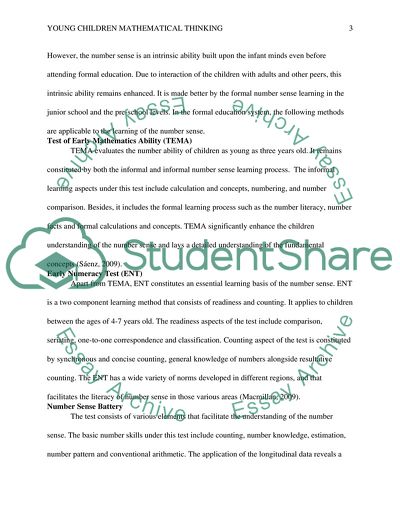Cite this document
(“Synthesis of current research literature on young children's Essay”, n.d.)
Synthesis of current research literature on young children's Essay. Retrieved from https://studentshare.org/education/1700178-synthesis-of-current-research-literature-on-young-childrens-mathematical-thinking
Synthesis of current research literature on young children's Essay. Retrieved from https://studentshare.org/education/1700178-synthesis-of-current-research-literature-on-young-childrens-mathematical-thinking
(Synthesis of Current Research Literature on Young children'S Essay)
Synthesis of Current Research Literature on Young children'S Essay. https://studentshare.org/education/1700178-synthesis-of-current-research-literature-on-young-childrens-mathematical-thinking.
Synthesis of Current Research Literature on Young children'S Essay. https://studentshare.org/education/1700178-synthesis-of-current-research-literature-on-young-childrens-mathematical-thinking.
“Synthesis of Current Research Literature on Young children'S Essay”, n.d. https://studentshare.org/education/1700178-synthesis-of-current-research-literature-on-young-childrens-mathematical-thinking.


